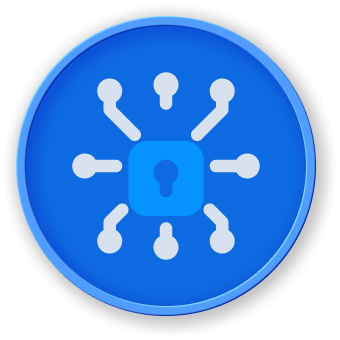Network scanning tools are essential for identifying and analyzing network services, their versions, and potential vulnerabilities.
1. Nmap (Network Mapper)
## Install Nmap
sudo apt-get update
sudo apt-get install nmap
## Basic version detection scan
nmap -sV target_ip
## Comprehensive scan
nmap -sV -sC -p- target_ip
2. Netcat (nc)
## Install Netcat
sudo apt-get install netcat
## Banner grabbing
nc -v target_ip port_number
3. Nping
## Install Nping (comes with Nmap)
sudo apt-get install nmap
## Ping scan with version detection
nping --tcp-connect -p 22,80,443 target_ip
| Tool | Primary Function | Version Detection | Stealth Mode |
| ------ | ----------------- | ----------------- | ------------ |
| Nmap | Network Mapping | Excellent | Yes |
| Netcat | Network Utility | Basic | No |
| Nping | Packet Generation | Moderate | Yes |
Advanced Scanning Techniques
graph TD
A[Scanning Techniques]
A --> B[Active Scanning]
A --> C[Passive Scanning]
B --> D[Direct Probing]
B --> E[Stealth Scanning]
C --> F[Network Traffic Analysis]
Practical Scanning Workflow
- Reconnaissance
- Port Identification
- Service Version Detection
- Vulnerability Assessment
Security and Ethical Considerations
Best Practices
- Always get proper authorization
- Use scanning tools responsibly
- Respect network policies
Legal Implications
- Unauthorized scanning can be illegal
- Obtain explicit permission before scanning
LabEx Recommended Approach
Platforms like LabEx provide safe, controlled environments for practicing network scanning techniques.
## Install Wireshark
sudo apt-get install wireshark
## Capture network traffic
sudo wireshark
Key Scanning Strategies
- Start with basic scans
- Use multiple tools
- Verify and cross-reference results
- Document findings systematically
Conclusion
Mastering network scanning tools requires practice, understanding, and ethical consideration.




